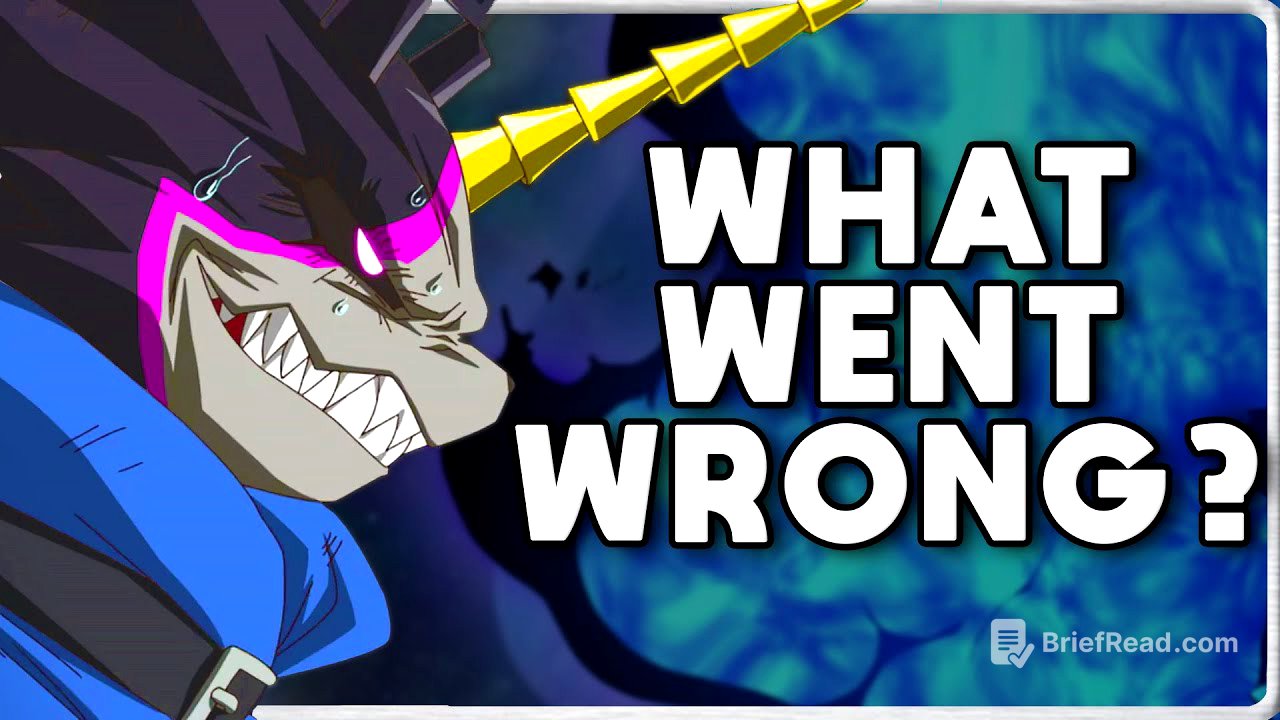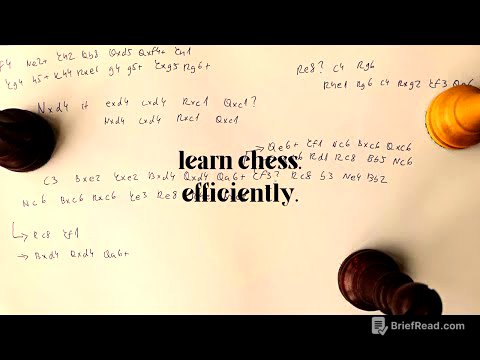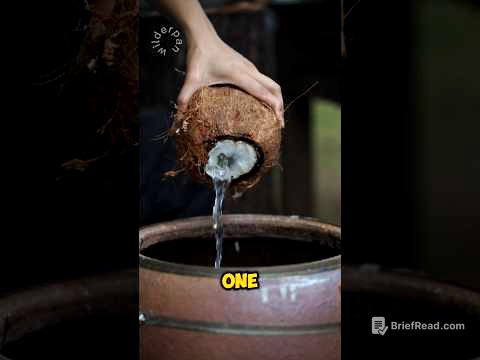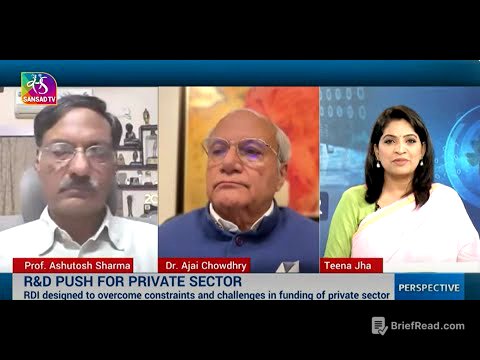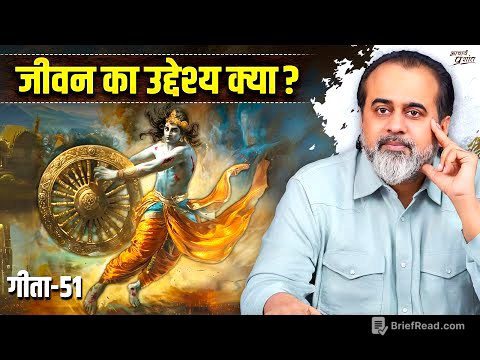TLDR;
This video discusses Digimon Ghost Game, reflecting on its divisive reception, strengths, and weaknesses. It covers the initial excitement surrounding the show's darker tone and character designs, then addresses the issues with its episodic nature, underdeveloped plot points, and overall length. The video also touches on the marketing and production challenges Digimon faces as a franchise, suggesting potential improvements for future installments.
- Initial excitement for darker tone and character designs.
- Issues with episodic nature and underdeveloped plot points.
- Length and repetitive nature of the series.
- Marketing and production challenges for the Digimon franchise.
Intro [0:00]
The video introduces a retrospective look at Digimon Ghost Game, which aired from October 2021 to March 2023. The series had a divisive reception, with some considering it the best Digimon season in a decade, while others found it disappointing. The video aims to share the creator's personal thoughts and emotional response to the series, acknowledging both its positive and negative aspects.
A Solid Beginning [1:33]
The video highlights the positive aspects of Digimon Ghost Game's beginning, emphasizing the excitement generated by the character and scenario designs of Tenya Yabano and Hoshia Hour. The darker, spookier tone of the season was a unique and appealing direction for the franchise. The GulusGammamon mystery and the innate darkness of Gammamon's evolutions created a sense of fear and anticipation. Mysteries surrounding Hiro's dad and the origin of the Digivice-V added to the intrigue. Episodes like "Boon's Murder" showcased some of the best moments in Digimon history.
"Episodic" [4:03]
The video addresses the episodic nature of Digimon Ghost Game, acknowledging that the creators designed the show for short-form content consumption. However, it argues that episodic storytelling doesn't preclude overarching narratives or satisfying plot resolutions. The video uses examples like "The Office," "X-Files," and "How I Met Your Mother" to illustrate how episodic shows can still have compelling overarching plots. The "Bamon" episode is presented as an example of how Ghost Game could combine self-contained stories with significant overarching narrative elements.
Where It Lost Me [7:10]
The video explains the factors that led to a decline in enjoyment of Digimon Ghost Game. The unfulfilled potential of the Black Digitron Digimon teasers was a significant disappointment. The evolutions often felt rushed and lacked depth, with the KanonWeissmon debut being a prime example. The length of the series, at 67 episodes, contributed to a sense of repetition, with many episodes following a similar formula. The mystery of Hiro's father in the Digital World ultimately led nowhere.
What It Could Have Been [12:01]
The video suggests that Digimon Ghost Game should have been shorter, around 20-35 episodes, focusing on the Halloween and winter seasons. Production issues due to a hack at Toei Animation likely impacted the show's quality. The lack of synergy between different branches of the Digimon franchise, such as the anime, card game, and video games, was also a missed opportunity. The video proposes that Digimon could learn from franchises like Pokémon, which have better-integrated marketing and cross-promotion. The video concludes by stating that while Digimon Ghost Game had potential, it ultimately failed to deliver a satisfying narrative and capitalize on its unique elements.
